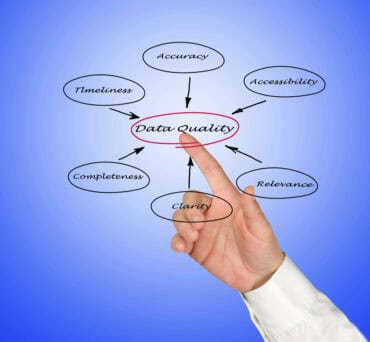
Generative AI is being touted as the new way to build applications in no-code environments, but the high costs could lead to overruns.
Generative AI was the key talking point for companies of all shapes and sizes in the most recent financial quarter, as business leaders look for ways to integrate the new technology with their workflows and business aims.
But the hype surrounding generative AI may be a distraction for some and a costly investment for others, which may not provide the improvements in cloud application development speed or coding sophistication which business leaders expect.
SEE ALSO: Another Willy Loman Moment Looms: Automating Sales Via AI
One of the key advantages of utilizing generative AI tools is the rapid improvement to application development, as developers can work at a low-code or no-code level by essentially just typing in queries and receiving fully-formed code in return. However, with this newfound freedom to develop on the fly has led to a “reckless approach to application development”, according to chief cloud strategy officer at Deloitte Consulting, David Lithicum, in a posted article.
In these instances, businesses are already seeing the issues with having way too many projects and applications that they can reasonably manage. CloudOps teams will be faced with managing more applications and connected databases than ever before, some of which will only be functioning for one specific purpose, instead of being built with a holistic view of the application in mind.
Another consequence of overloading on projects is the significant amount of compute resources required to both manage generative AI and all of the projects created by these generative systems. Generative AI, which at the enterprise level is often operated and costed by the business accessing the model, is very expensive to run. It should be noted that generative AI is not just used for the creation of new projects and databases either, and as developers become more used to the systems, they will turn to them more often to fix errors and make improvements.
This leads to the third issue which is cost overruns. As we said, generative AI can be costly to run on cloud operations, especially if the generative system is given a wide remit. Businesses need to be clear on the benefits of utilizing generative AI and the costs that will be associated with, and if it makes sense to deploy more applications and databases to support growth.
Many businesses are being drawn in by the capabilities of generative AI, and developers are one of the largest communities of workers which are using these tools to enhance their work. While this may be of value at the individual level, businesses need to ensure that generative systems are fully costed and part of a predefined budget, to avoid issues further down the line if the systems do not bring a return on investment.
AWS, Google, and Microsoft Azure have all added generative AI tools to their cloud packages, which offer ways to create applications in no-code environments and have a generative solution check code for mistakes and improvements. While this may be valuable to some businesses as a companion to human developers, it would be a mistake at this point to shift from humans to fully robots.



























